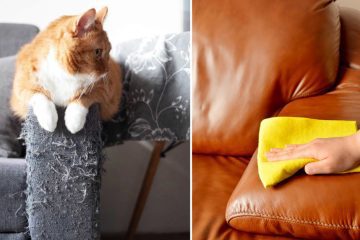Do you have an old wingback chair that needs a makeover? Maybe you found one at a thrift store or inherited one from your grandparents. Or perhaps you just want to change the look and feel of your living room. Whatever the reason, reupholstering a wingback chair is a great DIY project that can save you money, reduce waste, customize your style, and enhance your skills. It may seem daunting at first, but with some patience and creativity, you can transform an old chair into a new piece of furniture.
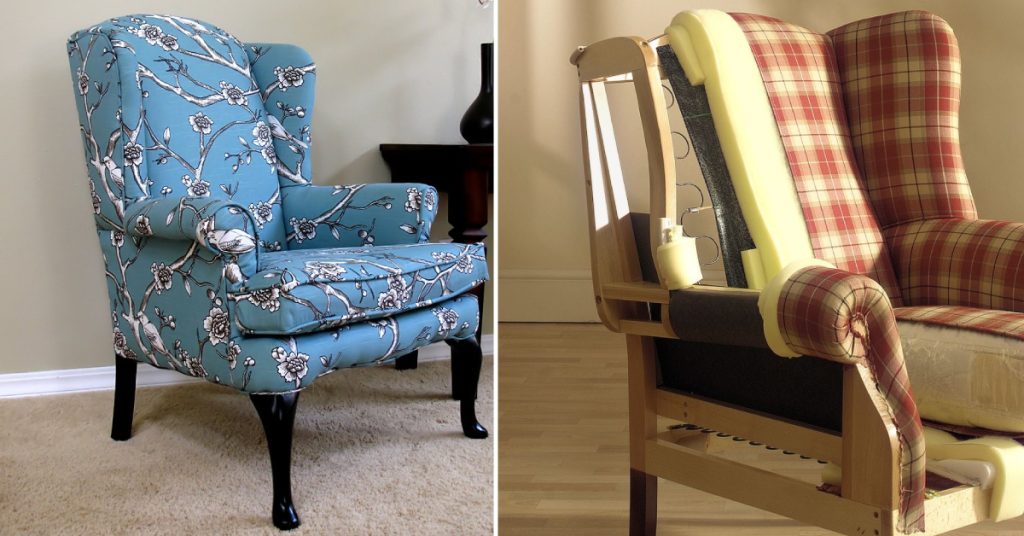
In this guide, I will show you how to reupholster wingback chair step by step. You will learn what tools and materials you need, how to prepare the chair frame, how to cut and sew the fabric, how to staple the fabric to the edge, and how to add the finishing touches. I will also share some tips and tricks to make the process easier and more fun. By the end of this guide, you will have a beautiful and comfortable wingback chair that you can proudly display in your home. Ready to get started? Let’s go!
Tools and Materials
To reupholster a wingback chair, you will need some basic tools and materials that you can find at any hardware or fabric store. Here is a list of what you will need: Fabric, Scissors, Staple gun, Webbing, Springs, Twine, Clips, Burlap, Coconut fiber, Sewing machine, Needle and thread, Piping, Cotton batting, Cushion, Dust cover, Hammer, Pliers and Glue.
3 Easy Steps for How to Reupholster Wingback Chair
Now that you have all your tools and materials ready, it’s time to start reupholstering your wingback chair. The reupholstering process can be divided into three parts: preparation, upholstery, and finishing.
Step 1: Preparation
The first part of reupholstering your wingback chair is preparing the chair frame for reupholstering. This involves removing all the old fabric and padding from the chair frame. Follow the steps to complete this task:
- Turn your chair upside down and remove the dust cover from the bottom of the chair frame using scissors or a staple remover. You can discard the dust cover or keep it as a template for making a new one later.
- Turn your chair right side up and remove the cushion from the seat of the chair frame using clips or zippers. You can either reuse the cushion or make a new one later.
- Remove the fabric from the seat, arms, wings, back, and outside of the chair frame using scissors or a staple remover. Be careful not to damage the fabric or the chair frame as you cut or pull out the staples or nails.
- Label and store the original fabric pieces in bags as templates for cutting new fabric later. You can also measure the dimensions of the fabric pieces using a measuring tape and write them down for reference.
- Remove the padding from the seat, arms, wings, back, and outside of the chair frame using scissors or pliers. You can discard the padding or keep it as a template for adding new padding later.
- Inspect the frame, webbing, springs, and coconut fiber for any damage or wear. If you find any broken or loose parts, you can repair or replace them using glue, staples, twine, or clips.
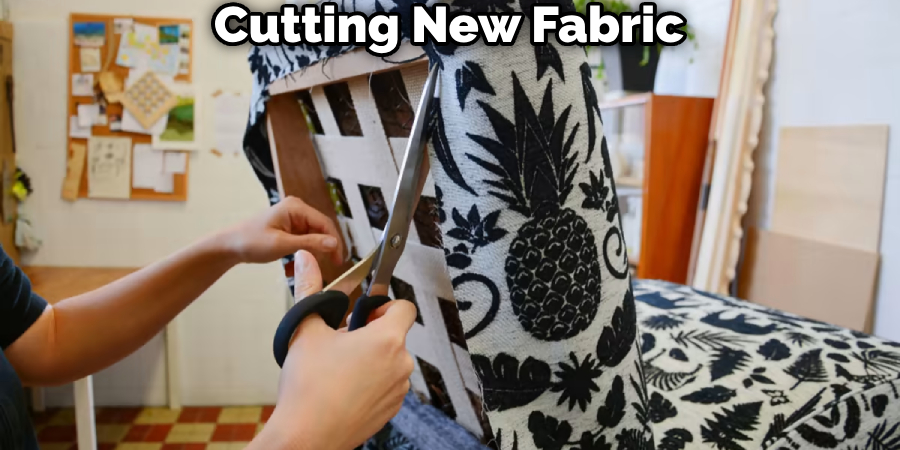
Step 2: Upholstery
The second part of reupholstering your wingback chair is upholstering the seat and backrest of the chair frame. This involves measuring, cutting, and sewing the fabric pieces for the seat and backrest. Follow the steps to complete this task:
- Lay your fabric on a flat surface and place the original fabric pieces on top of it. Use them as templates to cut out the new fabric pieces for the seat and backrest. You can also use a measuring tape to measure the dimensions of the chair parts and add some extra fabric for seams and allowances. Make sure to align the fabric grain and pattern if applicable.
- Sew the fabric pieces together for the seat and backrest using a sewing machine. You can also add piping along the seams for a decorative edge. To make piping, fold a narrow strip of fabric over a cord and sew along the edge. Then, pin the piping to the right side of one fabric piece and sew along the cord. Next, pin another fabric piece on top of the piping and sew along the same line. Finally, trim the excess fabric and turn the piece inside out.
- Repeat the same process for the arms, wings, back, and cushion. You can also sew zippers or buttons to the cushion cover for easy removal and washing.
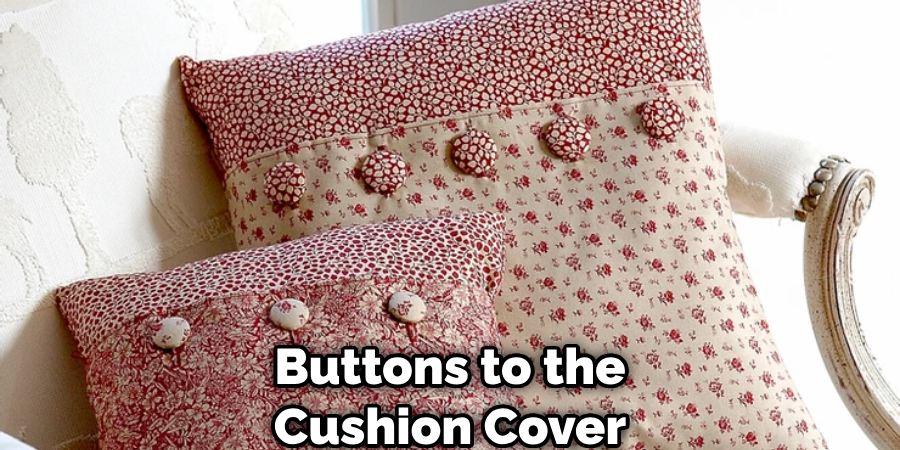
Step 3: Finishing
The third part of reupholstering your wingback chair is finishing the upholstery by attaching the fabric to the chair frame. This involves stretching and stapling the fabric to the frame using a staple gun. Follow the steps to complete this task:
- Start with the seat and the front of the chair frame. Place a layer of cotton batting over the burlap and coconut fiber. Then, place the fabric piece over the cotton batting and smooth out any wrinkles. Stretch and staple the fabric to the bottom edge of the chair frame using a staple gun. Make sure to pull the fabric tight and evenly as you staple.
- Move on to the arms and wings of the chair frame. Place a layer of cotton batting over the burlap and coconut fiber. Then, place the fabric piece over the cotton batting and smooth out any wrinkles. Tuck and staple the fabric around the curves and corners of the arms and wings using a hammer or pliers. You may need to cut some slits or pleats in the fabric to fit around the curves and corners.
- Finish with the back and outside of the chair frame. Place a layer of cotton batting over the burlap and coconut fiber. Then, place the fabric piece over the cotton batting and smooth out any wrinkles. Staple or glue the fabric to the top edge of the chair frame using a staple gun or glue. Then, fold over and staple or glue the fabric to the bottom edge of the chair frame using a staple gun or glue.
You Can Check It Out to Reupholster a Chair Without Removing Old Fabric.
4 Tips and Tricks for How to Reupholster Wingback Chair
Here are some of the tips and tricks for how to reupholster wingback chair:
- When choosing fabric, consider the style and décor of your room. You’ll also want to choose a fabric that is durable and will withstand wear and tear.
- If you’re not comfortable sewing, you can use fabric glue to attach the fabric to the frame. However, sewing will give you a more professional finish.
- If you’re reupholstering a wingback chair with a lot of curves, it may be helpful to use a heat gun to soften the fabric. This will make it easier to stretch the fabric around the curves.
- Be patient and take your time when reupholstering a wingback chair. This is a challenging project, but it’s also very rewarding.
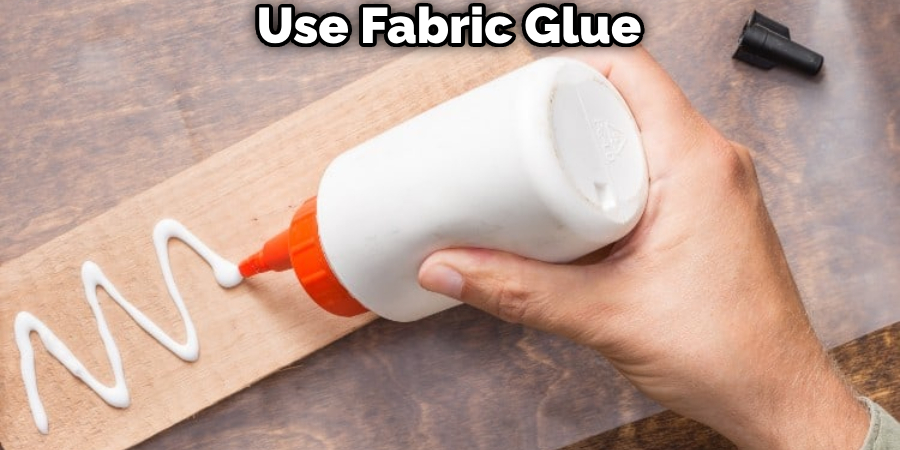
Alternative Methods and No-Sew Options
There are a few alternative methods for reupholstering a wingback chair. One option is to use no-sew reupholstery. This method involves using fabric adhesive to attach the fabric to the frame. Another option is to hire a professional upholsterer to do the job for you.
FAQs About How to Reupholster Wingback Chair
Can You Reupholster Wingback Chairs?
Yes, you can reupholster wingback chairs. It’s a DIY project involving removing old fabric, repairing the frame if needed, and applying new fabric and padding. There are online guides and tutorials to help, and you can choose from various fabrics and methods, including no-sew options. It’s a cost-effective way to refresh your chair’s look.
Can You Reupholster Over Existing Fabric?
Yes, you can reupholster over existing fabric in certain situations. However, it depends on factors like the condition of the old fabric and the type of furniture. There are DIY methods available, but it’s advisable to assess the project carefully and consider consulting a professional if needed.
Can I Reupholster a Chair Myself?
Yes, you can reupholster a chair yourself. There are many step-by-step guides and videos available to help you through the process, making it a viable DIY project for refreshing and customizing your furniture.
What is the Purpose of a Wingback Chair?
A wingback chair is designed to offer comfort, support, and style. With its distinctive high back and winged sides, it provides excellent support for the head, neck, and shoulders, making it a cozy choice for relaxation. Originally created to shield sitters from drafts, wingback chairs now serve as both functional and decorative pieces, adding an element of sophistication to various room settings, from living rooms to bedrooms and beyond.
Conclusion
You have learned how to reupholster wingback chair. You have also used various tools and materials to transform an old chair into a new piece of furniture. You should be proud of yourself for completing this DIY project. You have saved money, reduced waste, customized your style, and enhanced your skills. You have also created a beautiful and comfortable wingback chair that you can proudly display in your home.
I hope you enjoyed this guide and found it helpful. If you did, please share it with your friends and family who might be interested in reupholstering their own wingback chairs. If you have any questions or comments, please let me know in the comment section below. Thank you for reading this blog post and I hope to see you again soon.

